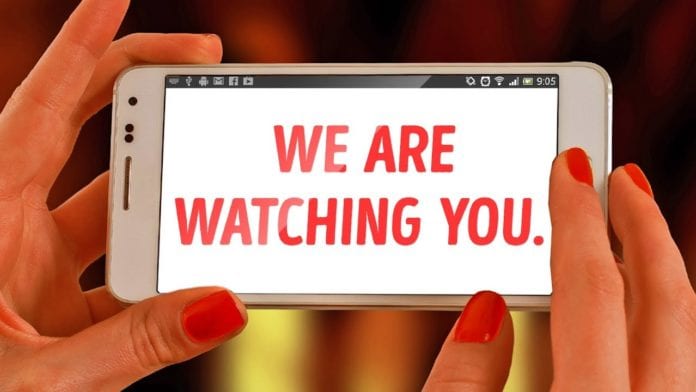It is said that vampires can’t enter your homes without an invite – same is true with cyberstalkers. We OURSELVES, are by and large the reason why these intruders are in our homes and practically broadcasting personal information even when we least expect it.
Just imagine the number of apps installed on your smartphone, PC, wearables, and gadgets, all of which are tracking what you do and keeping tabs on your secrets – is it a wonder if a breach is just somewhere close by waiting to happen? Short of living off the grid, there are ways to protect yourself from technology while enjoying its benefits. And though cyberstalking carries a ten-year sentence, may are undeterred.
“Cyberstalking is increasing because we spend so much time online,” — Dr Emma Short, the National Centre for Cyberstalking Research at the University of Bedfordshire
The truth is, it’s not just organized cybercrime syndicates specializing in identity theft that take advantage of your vulnerabilities. It can be envious workmates, ex-best friends, scorned lovers, crazed stalkers or practically anyone with malicious intent who has gained access to your data. But like the locks that you change when it doubt, passwords should be changed often.
In a survey, 47% of Americans have experienced online harassment, including cyberstalking. It is highest at 65% for those between 18-29 years old. Research shows that 66% is linked to social media and apps with Facebook is the most abused social site. Whether due to boredom or heartbreak, 88% of college students snoop on an ex, 74% hover on the social account of the new flame, and worse, 70% use a friend’s account to do the sneaky act. However, harmless crushing is different from annoying and dangerous stalking, harassment or bullying, especially these personalities can have 10 or more dummy accounts before Facebook wises up and blocks their account. There are ways you can check if there’s a stalker on your phone. Check this video for pointers:
Additionally, you can:
- Block, unfriend, use strict filtering and report – make sure you are able to document the aggression so log everything in case you need to see the police or go to court.
- Change contact information and learn all the current privacy settings.
- Never give your home address; using a work email or a P.O. Box is safer. Amazon can now enter your house and deliver the goods – think again!
- Keep virus protection updated and don’t click on links – call or check with the sender. Simple common sense but something that is usually taken for granted. Skype is particularly notorious with this.
- Password protect all accounts and don’t trust Google or any app that is supposed to be an impregnable vault of your passwords.
- Double check the validity of mail asking you to verify your account – sometimes you get spurious mail like these from fake “Paypal” and fake “Yahoo”.
- Check how you appear online; you might be open to attack without you knowing it. Google your name, phone, and address.
- Don’t be afraid to leave it to the pros. If necessary, have a computer professional sanitize your smartphone and gadgets.
- BE especially careful of email – 83% report being stalked by email and 65% through instant messaging.
- Ensure that your Wi-Fi is safe and impregnable.
We can’t help but be connected these days. But do remember that Alexa, Siri, or Cortana are not your best friends. They could be literally the Trojan horse bringing your cyberstalker nearer to you.
















